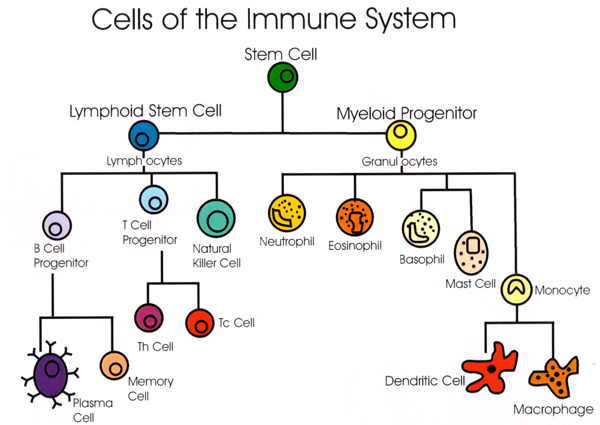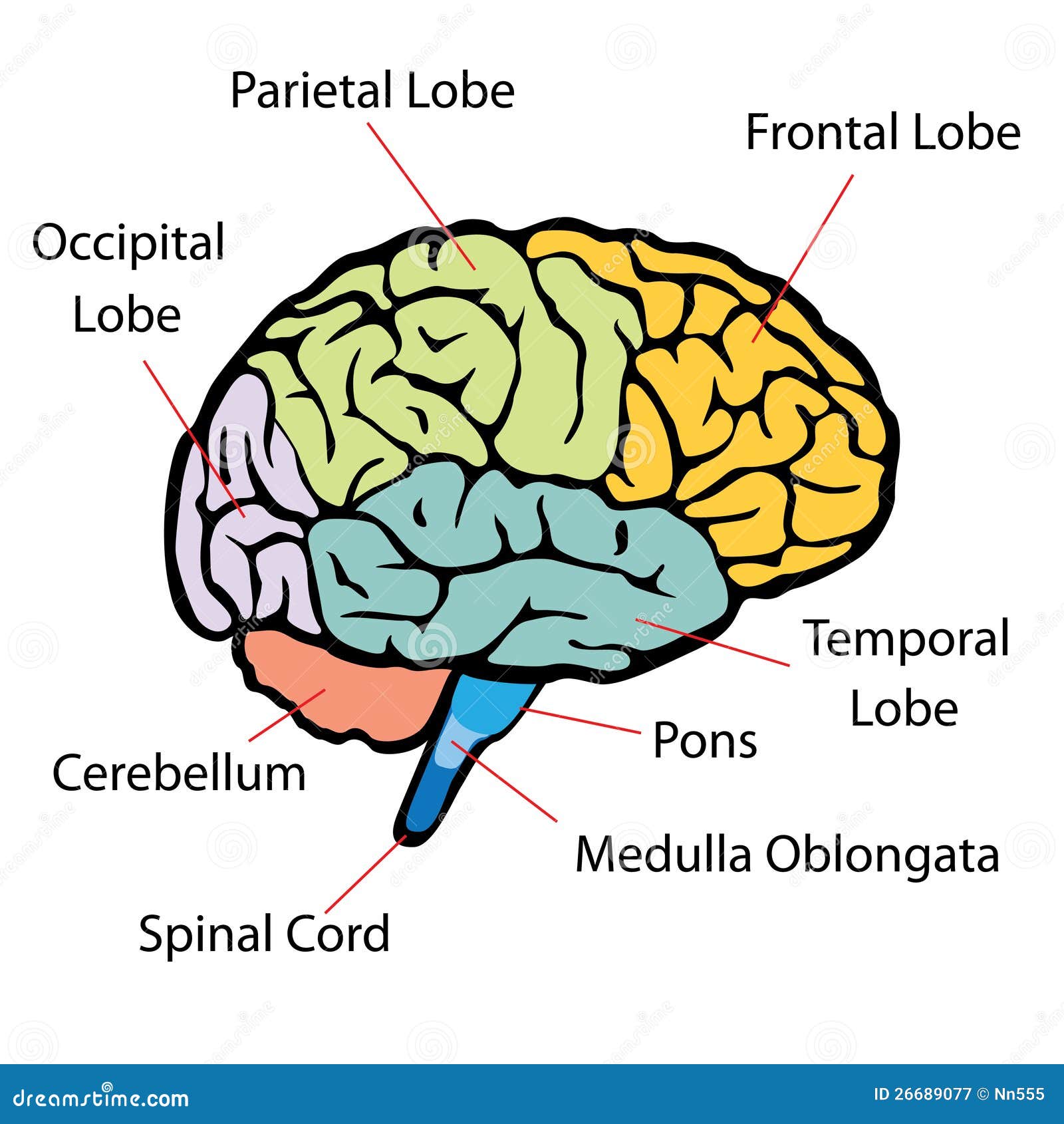There's a bucket full of different theories concerning time travel, some of which are actually quite convincing. While the subject of time travel itself appears ludicrous to many, others choose to be more open-minded and consider these theories.
As you all probably already know, traveling into the future is substantially more viable than traveling into the past. This may sound confusing, but I'll explain why in the following paragraphs:
Theory #1
Black Holes
Described by Stephen Hawking as natural time machines, black holes could possibly be used to travel to the future. The main idea is to orbit around them instead of going inside them, as the area around the black hole is extremely dense, not only distorting space but time as well. If you don't already know, there is a strong theory that if space is distorted, then time is too. More on that here: https://en.wikipedia.org/wiki/Gravitational_time_dilation
Heres an example:
If there where two spaceships, one orbiting around the black hole, the other a bit farther out in space, the crew orbiting the black hole would age half as less as the crew farther out in space. As, say, 1 year passed for the crew floating out in space, the crew in orbit would have only aged roughly 6 months.
If you have seen the movie Interstellar, then you have seen this theory in action.
Theory #2
Rotating Universe
In 1949, one of Einstien's friends, Kurt Godel (a brilliant mathematician of his time) introduced a new theory opposing Alberts equations (upsetting him) concerning time travel. He thought that if the universe was rotating, a spaceship traveling at a magnificent speed opposite of the direction of the universe would eventually travel back in time and arrive at the same time in left. I honestly think that this theory is pretty stretched, especially since traveling at that speed is near impossible.
Theory #3
Wormholes
Yes, you probably saw this one coming. These theoretical passages are not only shortcuts through space but possibly through time. NASA has apparently already begun to work on spaceships that could potentially generate wormholes. But in order to keep it from collapsing, there is one main thing need: negative matter, a subject poorly misunderstood by modern day scientists.
Heres an example of how wormholes could be used for time travel:
Imagine two end of the same wormhole sitting side by side. If one end was put in a place with higher gravity then the other end, this would result in the higher gravity end to be in a "younger" state.
Yeah I know, its a little difficult to understand. Heres a little easier example.
If both you and I had a wormhole on each of our spaceships, and you took yours to a place with a higher gravity state then mine, when you came back (with a supposedly younger wormhole-end) then at that point you would have been, say, 10 years younger then me. But, if you entered your wormhole and came out through mine you would have technically traveled to the future.
Theory #4
Speed
If you've seen The Flash series, you've seen a cool example of this. Barry Allen, having super speed powers, is able to run in a circle fast enough to create a wormhole that he then jumps into... traveling through time. For example, when Barry travels at extremely high speeds, he is not affected by gravity as much as those around him, causing him to experience time much slower than others. You actually do this every day, even if it's in extremely small amounts. If your traveling in a vehicle, say at approximately 70mph, you are experiencing time 0.00000009 times slower then your brother, who decided to stay home. Obviously, it's an unnoticeable amount. Even when people travel to space they experience this... but in a slightly more intense manner. If a group of astronauts was to orbit the earth in a spaceship for a month or so, they would actually experience time roughly 1 second slower than people back on earth.
I hope you enjoyed taking a look at time travel as much as I did. Or you could have thought it was complete rubbish. Everyone has an opinion. Anyways, if you did happen to find it this post interesting, comment and let me know what theory you found the most intriguing.



